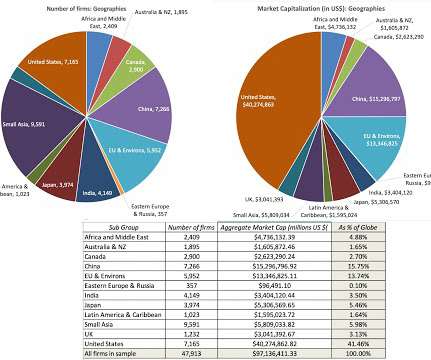Announcement: Valutico Provides Easier Way to Value Startups
Valutico
AUGUST 17, 2022
With Valutico’s new development, practitioners can quickly perform a VC valuation based on EV/Sales, EV/EBITDA, EV/EBIT and P/E multiples as a useful addition to other research on the company and the industry. The calculation of these discount rates are based on the observed betas of similar listed peer companies.











Let's personalize your content